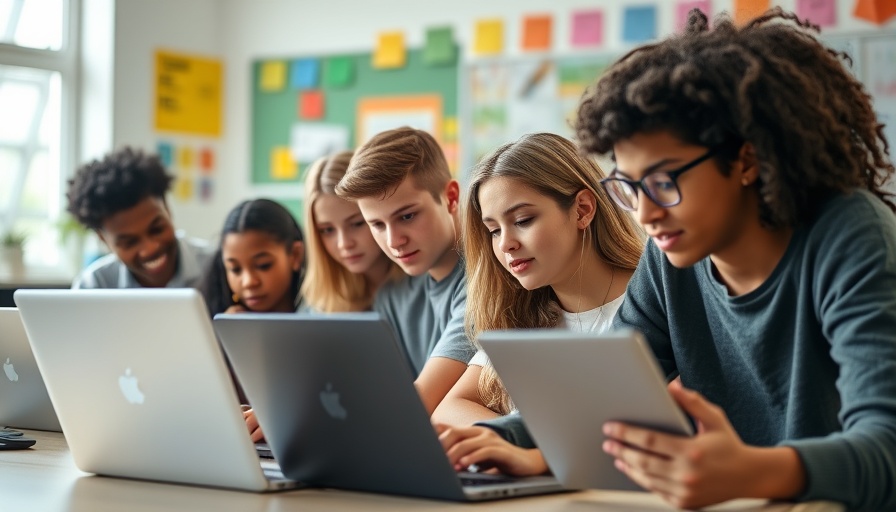
OpenAI's Commitment to Open Source AI Models
In a significant move set to reshape the AI landscape, OpenAI has released two new open-weight AI reasoning models—the gpt-oss-120b and the gpt-oss-20b. This launch is especially noteworthy as it represents the company’s first foray into open source AI models since the launch of GPT-2 over five years ago. With the increasing clamor for transparency and access in artificial intelligence technologies, OpenAI appears to be pivoting its approach, choosing to embrace a more open ecosystem.
Understanding Open-Weight Models
The models, available for download on the developer platform Hugging Face, are attracting considerable attention for their impressive capabilities. The gpt-oss-120b model runs efficiently on a single Nvidia GPU, while the lighter gpt-oss-20b can even run on a consumer laptop equipped with 16GB of memory. This versatility empowers developers to explore sophisticated AI applications without the need for extensive hardware investments.
Navigating the Competitive Landscape
OpenAI's decision to open source these models comes amid a rapidly evolving AI landscape. Companies like DeepSeek, Qwen, and Moonshot AI are becoming increasingly competitive, pushing OpenAI’s hand to adapt its strategy. This competitive pressure is not merely from fellow developers but also from geopolitical factors, as the Trump administration encourages American tech firms to prioritize open sourcing to align with global values. Such strategic shifts signify a growing acknowledgment of the need for open models that can compete effectively against international counterparts.
Technical Advancements in AI Reasoning
OpenAI asserts that these models are state-of-the-art, exhibiting impressive performance across various benchmarks. The flexibility in working with both cloud-related tasks and complex queries is a testament to their powerful reasoning capabilities. Additionally, the open models can interact with OpenAI’s closed models when task requirements exceed their capabilities, providing developers with a seamless solution for comprehensive AI tasks.
Reassessing OpenAI's Development Philosophy
Historically, OpenAI has leaned towards a closed-source model, which allowed for significant monetization through API sales to enterprises. However, CEO Sam Altman indicated earlier this year that the company has been “on the wrong side of history” by not prioritizing open source technologies. This latest release could represent a broader shift within OpenAI, emphasizing collaboration and accessibility in response to market demands.
The Importance of Open Models in Technology Today
As the tech industry increasingly recognizes the value of developer transparency, OpenAI's new reasoning models not only cater to the immediate needs of developers but also highlight the broader implications of accessible AI technology. The demand for open-weight AI models has surged as more companies are looking to foster innovation while ensuring ethical compliance. By balancing proprietary technologies with open-source strategies, OpenAI may position itself as a leader in the next generation of AI advancements.
Looking Forward: The Future of OpenAI
Looking ahead, OpenAI's entry into open-weight AI models could redefine its relationship with developers and the technology community at large. As businesses explore these new models, we might witness a surge in innovative AI applications across industries, from healthcare to finance. By embracing transparency, OpenAI could inspire a new wave of creativity and responsibility in AI development.
Conclusion: Embrace the Open Revolution in AI
OpenAI's recent action is a clarion call for developers and contributors alike to explore and innovate with AI models that emphasize openness and interactivity. As businesses adapt to the shifting landscape, now is the time to leverage these open-source models to tap into AI’s vast potential.
 Add Row
Add Row  Add
Add 



Write A Comment